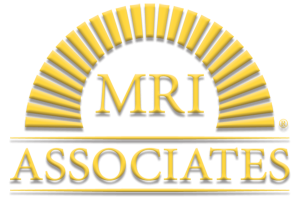MRI arthrography is a specialized imaging technique used to visualize the inside of a joint, such as the shoulder, knee, or hip, with high detail. It involves injecting a contrast dye directly into the joint space before the MRI scan. This dye enhances the visibility of structures like cartilage, tendons, and ligaments, allowing for better assessment of injuries or abnormalities. MRI arthrography is particularly useful for diagnosing conditions like ligament tears, cartilage damage, or joint inflammation. Many physicians believe that it is easier to see ligament tears with MRI Arthrograms that traditional non contrast MRI.
Arthrography is the radiographic examination of a joint after the injection of a dye-like contrast material and/or air to outline the soft tissue and joint structures on the images.

Main Office:
PALM HARBOR MRI
32615 US Hwy 19 North
Palm Harbor, FL 34684
Phone: 727.787.6900
Fax: 727.216.4789